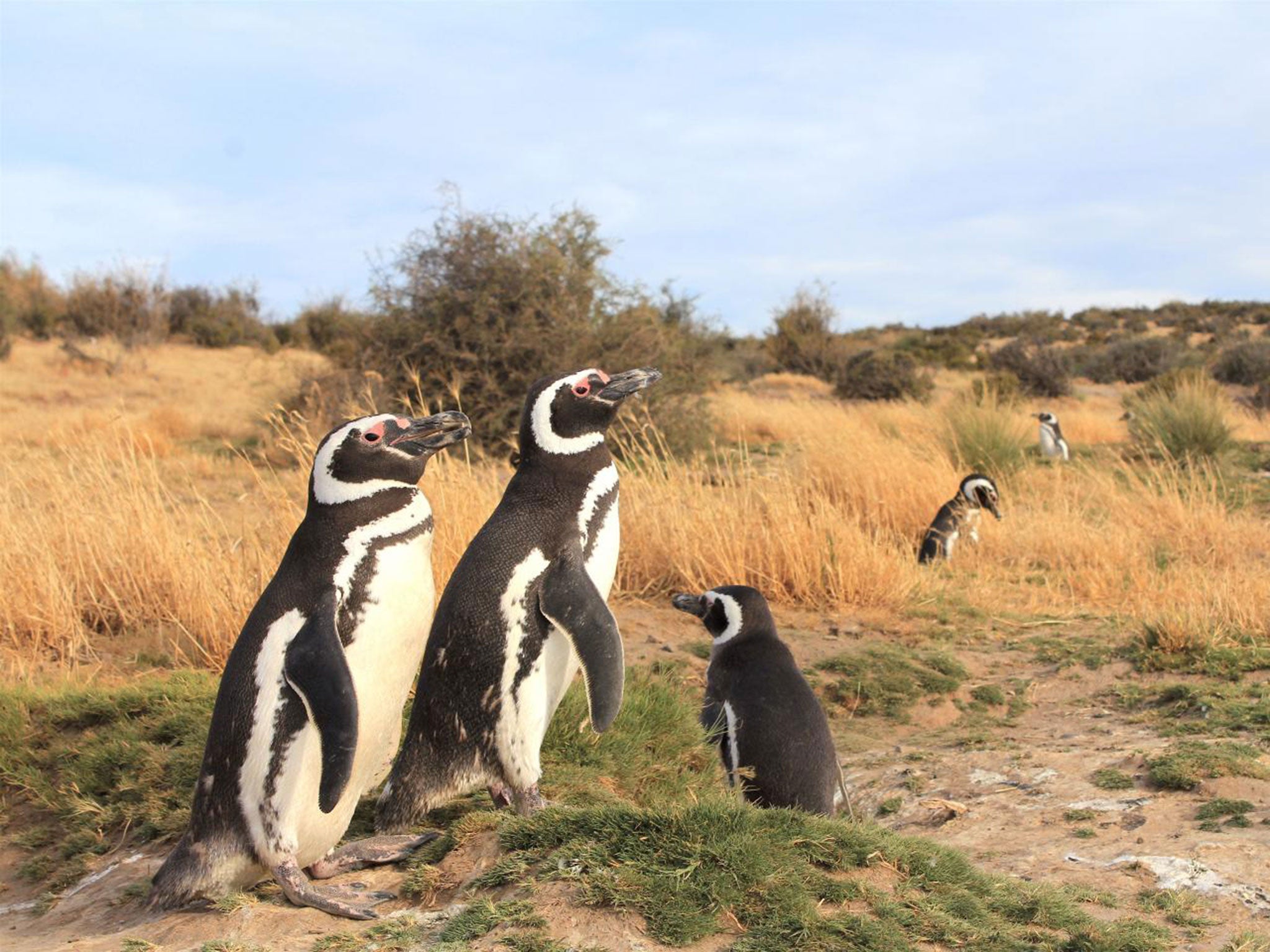Humans to blame for thousands of penguins stranded on South American coast, scientists say
Loss of females from breeding grounds could threaten species' future

Your support helps us to tell the story
From reproductive rights to climate change to Big Tech, The Independent is on the ground when the story is developing. Whether it's investigating the financials of Elon Musk's pro-Trump PAC or producing our latest documentary, 'The A Word', which shines a light on the American women fighting for reproductive rights, we know how important it is to parse out the facts from the messaging.
At such a critical moment in US history, we need reporters on the ground. Your donation allows us to keep sending journalists to speak to both sides of the story.
The Independent is trusted by Americans across the entire political spectrum. And unlike many other quality news outlets, we choose not to lock Americans out of our reporting and analysis with paywalls. We believe quality journalism should be available to everyone, paid for by those who can afford it.
Your support makes all the difference.Thousands of female penguins are being stranded along the coast of South America because of water pollution and fishing, research shows.
A new study of Megellanic penguins, which breed in Patagonia in southern Argentina, explains for the first time why so many become stuck on beaches hundreds of miles further north.
Researchers found the man-made threats encountered as the birds moved north during the winter increased significantly.
Takashi Yamamoto, a scientist from the Institute of Statistical Mathematics in Tokyo, was part of the team which published the findings.
“[Human-caused] threats have been considered to threaten wintering Magellanic penguins along the coasts of northern Argentina, Uruguay, and southern Brazil,” he said.
“These include water pollution caused by oil development and marine transport, as well as fishery-associated hazards, such as by-catch and depletion of prey species.”
Magellanic penguins are named after the Portuguese explorer Ferdinand Magellan, who first identified the species in 1520.
It is listed by the International Union for Conservation of Nature as “near threatened”, which means although it is not currently endangered it is at risk of becoming so in the near future.
The new research was published in the scientific journal Current Biology.
It had long been noticed the penguins stranded on beaches hundreds of miles from home tended to be female, but it was not known why.
Dr Yamamoto and his colleagues attached geo-locators to eight male and six female Magellanic penguins and found they split up during the winter after breeding around the southern tip of South America.
The female birds the scientists were tracking travelled further north than males and also did not dive as deep.
This is believed to be because competition for food resources is forcing the females to go further afield – males are larger and heavier and so may be grabbing the best feeding grounds nearer home.
But as the females moved up the coast towards more heavily populated parts of South America, they become exposed to more and more human activity.
Water pollution, shipping, and increased fishing by humans which the penguins like to eat are among the threats which can leave them stranded and struggling to return to their breeding grounds when the winter is over.
Dr Yamamoto said the loss of females could in time threaten the viability of the entire species, as there would be fewer and fewer breeding pairs able to produce the next generation of penguins.
Researchers needed to understand how exactly Magellanic penguins move around in between the breeding seasons in order to put in place a conservation programme, he added.
Join our commenting forum
Join thought-provoking conversations, follow other Independent readers and see their replies
Comments